29 Most Beautiful Places in Italy
From dreamy islands to charming small towns, these picture-perfect Italy destinations were made for your Instagram feed.
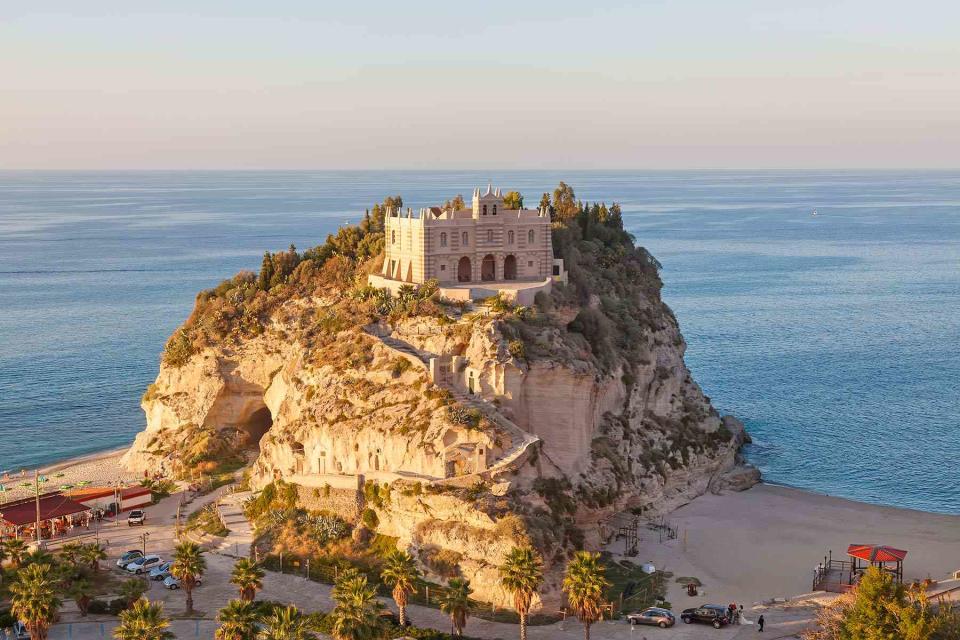
Peter Adams/Getty Images
Choosing the most beautiful places in Italy is like being asked to pick your favorite child. You love them all for different reasons, and it’s virtually impossible to express a preference. Italy is filled with epically gorgeous locales — we could name dozens in Rome alone — and has so many different kinds of beauty, from iconic ruins to romantic cities, dazzling islands to seascapes, spectacular mountain ranges to sparkling lakes, plus a thousand small towns and villages, each more picturesque than the next.
But choose we must. We tried to cast a wide net in terms of vistas large and small, and defined “beauty” in its broadest terms — not just for how a place looks, but how it feels to be there, its cultural significance, and its one-of-a-kind quality. So that nobody feels left out, we also included at least one location in each of Italy’s 20 regions.
Like all sibling rivalries, there will be hurt feelings and accusations of being mom or dad’s favorite. But hopefully, this unranked list of the 29 most beautiful places in Italy includes at least a few of your favorites, and introduces some new temptations for your next trip.
View From Capitoline Hill, Rome
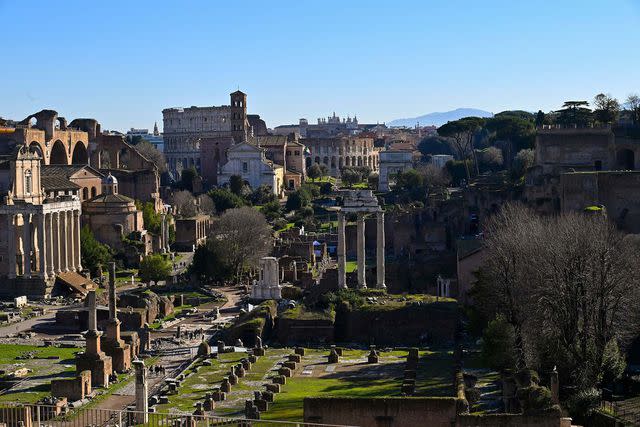
ALBERTO PIZZOLI/Getty Images
One of the best things to do in Rome is absolutely free: Walk to the top of Capitoline Hill — up a staircase designed by Michelangelo, no less — and around to the back of Palazzo Senatorio. There, you’ll take in a stunning panorama — the ruins of the Roman Forum, with the Palatine Hill to the right and the Colosseum rising in the near distance. On a summer night, there is no dreamier place in all of Rome.
Grand Canal, Venice
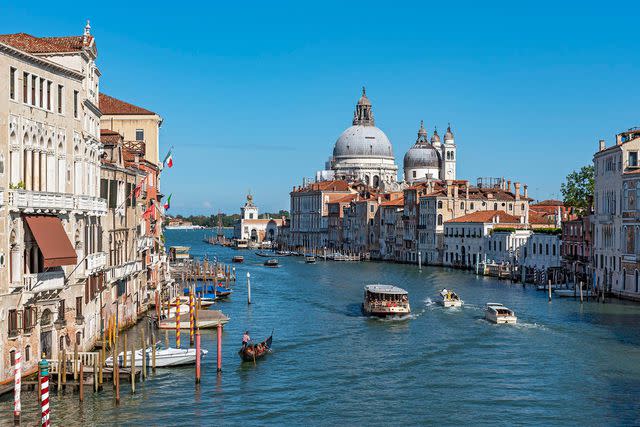
UCG/Getty Images
Cue the romantic music. Despite the crowds, the bad restaurants hawking tourist menus, and, yes, occasionally the smell, Venice remains a visual stunner — there’s simply no place else like it on earth. So, tune out the fracas behind you as you soak up the marvel of the Grand Canal, Venice’s wide, serpentine waterway. Popular opinion varies widely on this, but we say a twilight gondola ride is worth the splurge.
Val d’Orcia, Tuscany
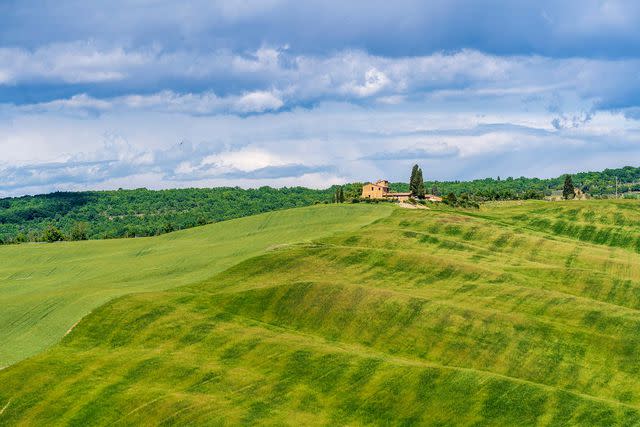
REDA&CO/Getty Images
Tuscany unfurls in all its glory in the Val d’Orcia, the bucolic area south of Siena known for its archetypal landscapes of wind-rippled fields, rolling hills, neatly kept vineyards, and rows of cypress trees. Famous hill towns like Montalcino, Pienza, and Montepulciano appear on the horizon, where lucky travelers can sample the valley’s hearty red wines, aged cheeses, and cured meats.
Ortigia, Sicily
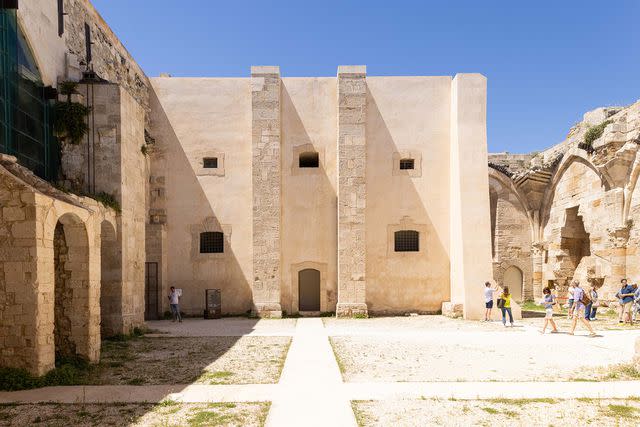
Mondadori Portfolio/Getty Images
While everyone else heads to Taormina for their White Lotus moment, travelers who head further down the eastern Sicilian coast can get lost in the narrow streets of ancient Ortigia. This island adjacent to Siracusa (Syracuse) has been inhabited since the 14th century B.C.E. and has the architectural pedigree to prove it. Visit Greek temples, baroque cathedrals, and one of Italy’s most beautiful seaside promenades.
Golfo di Orosei, Sardinia
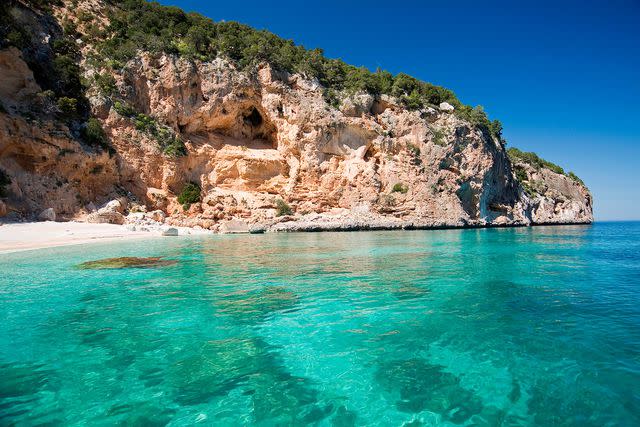
REDA&CO/Getty Images
Don’t visit the Golfo di Orosei for sandy beaches or cocktails with paper umbrellas. The beauty here is in the raw nature — wild, stunning, and just a little dangerous. Some of Sardinia’s most beautiful and hard-to-reach cale, or coves, are on this stretch of Tyrrhenian Sea coastline. Hire a zodiac boat to deposit you on Cala Mariolu or Cala Goloritzé, or swim in the Piscine di Venere (Pools of Venus), whose beauty is worthy of its mythic moniker.
Piazza del Campo, Siena
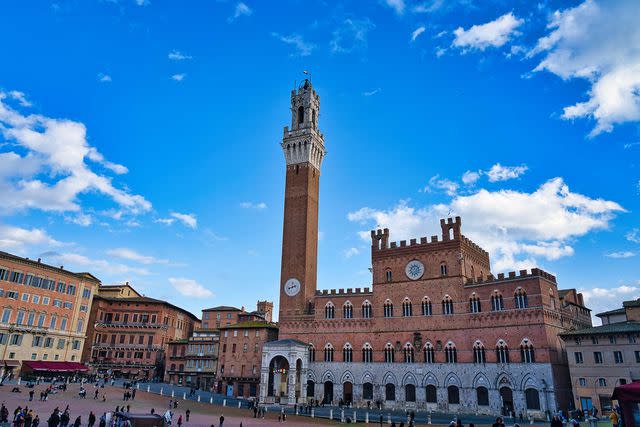
Ventura Carmona/Getty Images
Siena’s clam-shell-shaped, 13th-century main plaza has witnessed plagues, sieges, and warring clans, and has remained an architecture lesson in medieval city planning — it’s no surprise that Ambrogio Lorenzetti’s "Allegory of Good and Bad Government" hangs in the city hall adjacent to the piazza. Spring for an overpriced spritz and look out on a view for the ages, or book well in advance for a ringside seat to the city’s famous Palio.
View of Ponte Vecchio From Ponte Santa Trìnita
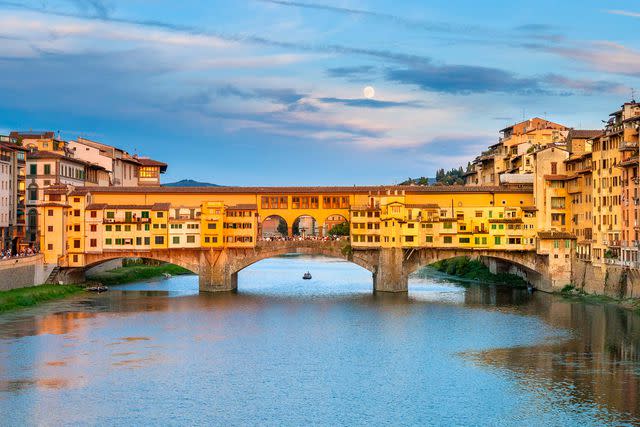
Pablo Charlón/Getty Images
Like Venice, Florence is a victim of overtourism. But the unobstructed view of the Ponte Vecchio from the next bridge downriver — Ponte Santa Trìnita — especially when viewed in the evening light, will help you forget the crowds and noise.
Fioritura of Castelluccio di Norcia, Umbria and Marche
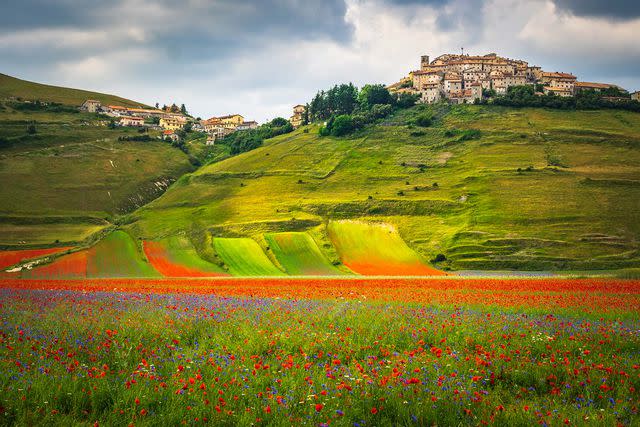
Linda James/Getty Images
Time your trip to Umbria right and you’ll be in for a visual show: the blooming of seasonal wildflowers — the fioritura — on the vast plains of Castelluccio. Sure, the flowers get a little human help in order to bloom so prolifically, but the kaleidoscope of red poppies, yellow tulips, blue cornflowers, and other flowering beauties is an ephemeral delight.
House of the Vettii, Pompeii
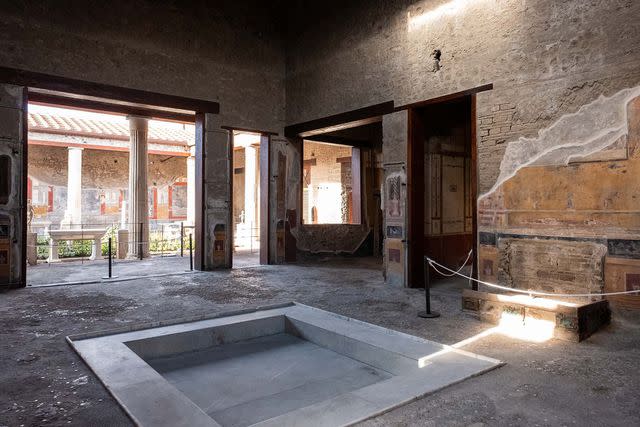
Anadolu Agency/Getty Images
Newly reopened after a decades-long closure and restoration, Pompeii’s House of the Vettii offers a mesmerizing look at how the other half lived in the first century C.E., before Vesuvius blew its top and cemented the city’s place in history. More remarkable still is that the owners of this palatial home were freed slaves — a testament to ancient social mobility. Vivid frescoes in some parts of the home leave little to the imagination, and illustrate some of the more lurid business practices that took place under its roof.
Basilica di San Vitale, Ravenna
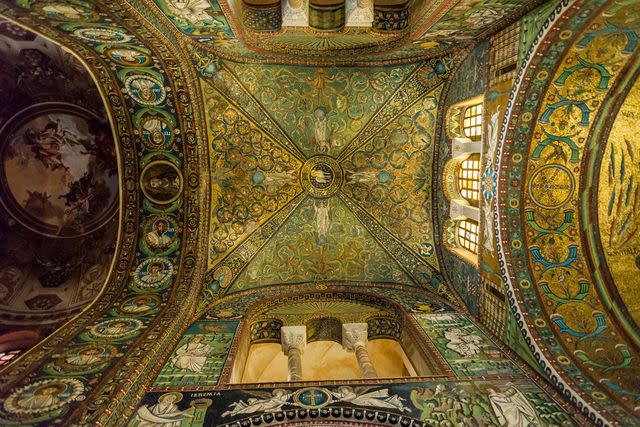
Photo Italia LLC/Getty Images
Students of art history will instantly recognize the glittering gold and colored mosaics of this sixth-century basilica, constructed when Ravenna was part of Byzantium. It's now part of a combined UNESCO World Heritage Site. For our money, there are arguably few more breathtaking scenes in all of Western art. Look for the hand of God emerging from the clouds to stop the sacrifice of Isaac, and check out Emperor Justinian and Empress Theodora in full regalia.
Lecce, Puglia
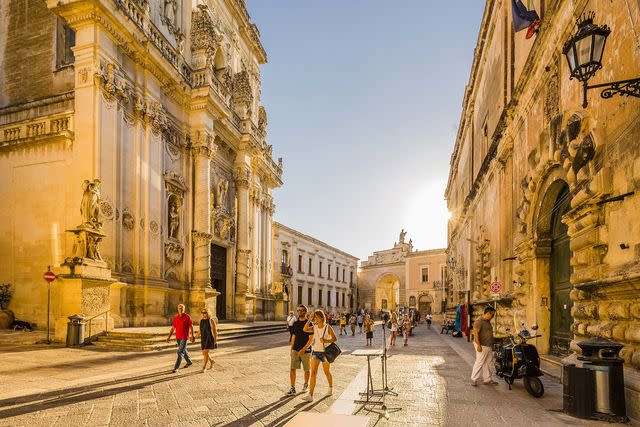
Massimo Borchi/Atlantide Phototravel/Getty Images
The sand-colored limestone of Lecce lends itself to carving. And carve they did. The provincial capital is practically bursting with elaborate baroque facades — not just on its many churches, but on palaces, municipal buildings, and ancient city gates. The Romans carved a thing or two here as well, including a remarkably well-preserved amphitheater in the center of the old town.
Lago di Braies, South Tyrol
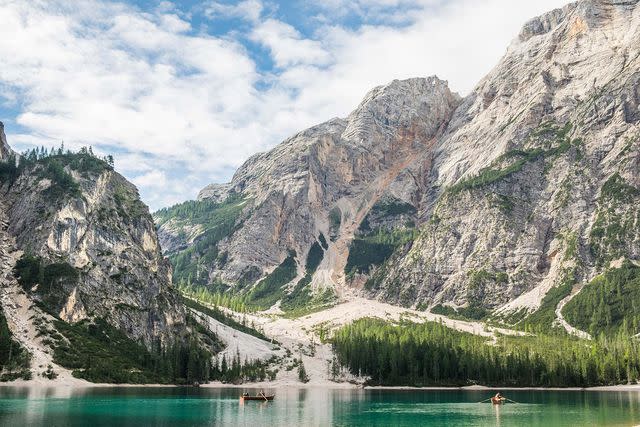
UCG/Getty Images
This high-altitude lake in the Dolomites is one you’ve likely seen photos of — the still, blue-green water with craggy, often snowcapped mountains reflected on its surface. The daring will swim in the brisk lake in the summertime, but even if you don’t dip a toe in, you can still soak up this perfect Alpine scene by way of a hike or lakeside lunch.
Duomo di Milano, Milan
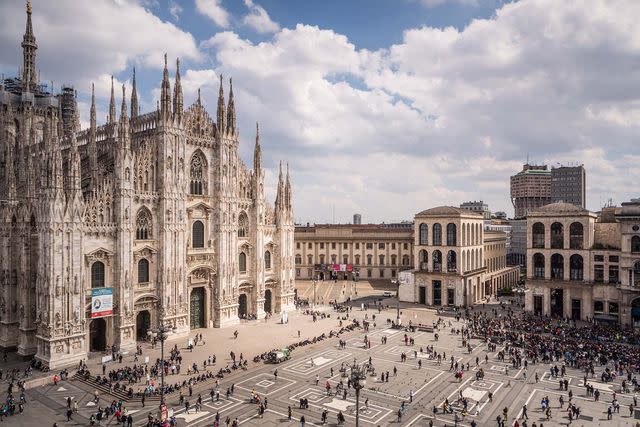
Julian Elliott Photography/Getty Images
The façade of Italy’s largest cathedral drips with ornamentation — a model of Gothic perfection that dominates a huge piazza lined with historic buildings, including the venerable Galleria Vittorio Emanuele II shopping arcade. A stroll around the rooftop of the Duomo lets you observe the stonework up close and offers a bird's-eye view of the city. Make time for an evening passeggiata to stroll in the shadow of this beauty.
Spaccanapoli, Naples
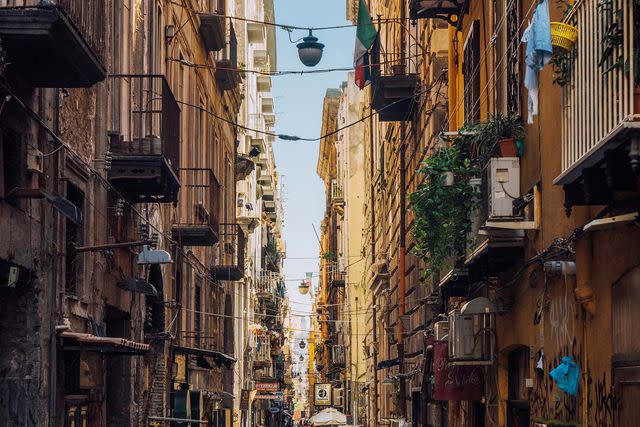
FilippoBacci/Getty Images
Calling Spaccanapoli — the street that “splits” Naples’s centro storico in half — beautiful might stretch the definition of the term. But this narrow, cacophonous street, perpetually shaded by the decaying apartment buildings that line it, is all the gritty, pulsing beauty of Naples in a single corridor. Pizza joints, fish markets, hip-grazing scooters passing at all hours, and a plethora of colors, sounds, and smells will either put you off or enthrall you — we hope the latter.
Matera, Basilicata
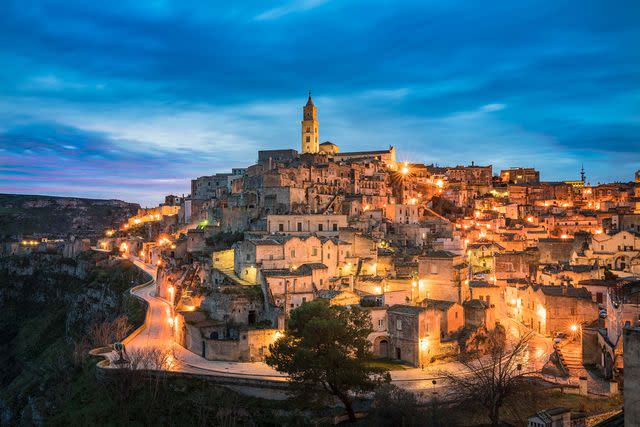
Francesco Vaninetti Photo/Getty Images
Daniel Craig whizzed through the streets of Matera in an Aston Martin in his last turn as James Bond, but we recommend seeing it at a slower pace. Basilicata’s best-known city is famous for its enigmatic caves, which have been inhabited since the Paleolithic era — though you’ll hardly feel like a troglodyte at one of the UNESCO-designated site’s many boutique cave hotels. Walk up to Piazzetta Pascoli for a glorious nighttime view of the city.
Sentiero degli Dei (Path of the Gods), Amalfi Coast
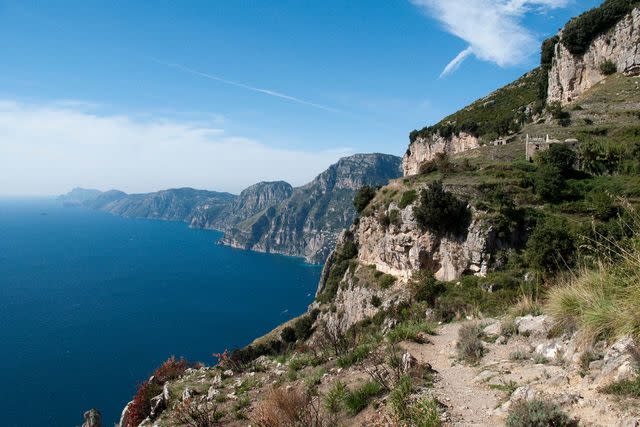
Shawn McCullars/Getty Images
The best-known hiking trail along the Amalfi Coast stretches between the mostly anonymous inland towns of Bomerano and Nocelle. Along the way, it takes in sweeping views of the Bay of Naples and colorful towns that cling to the coast — the views of Positano are especially delightful. The relatively easy five-mile trail takes a few hours to complete and is a high point — literally and figuratively — of an Amalfi Coast visit.
Como-Brunate Funicular
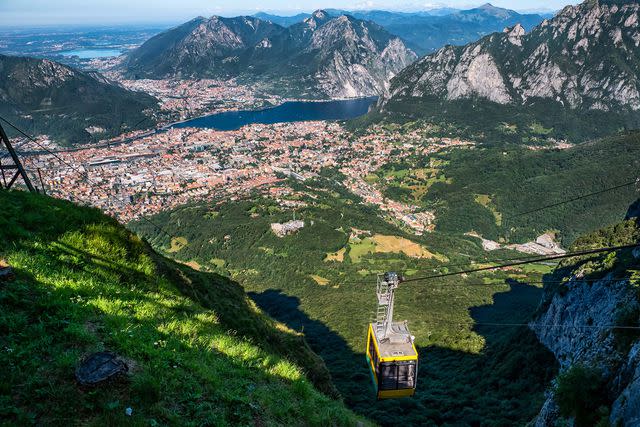
Nicola Colombo/Getty Images
Getting there is at least half the fun, and the views aren’t too shabby, either. This historic funicular railway has been hauling residents and visitors back and forth between the shores of Lake Como and the small town of Brunate. The nearly one-mile-long ride climbs about 1,640 feet on a single track and a very steep grade. Along the way, the vistas of the lake and surrounding Alps are magnificent.
Campo Imperatore, Abruzzo
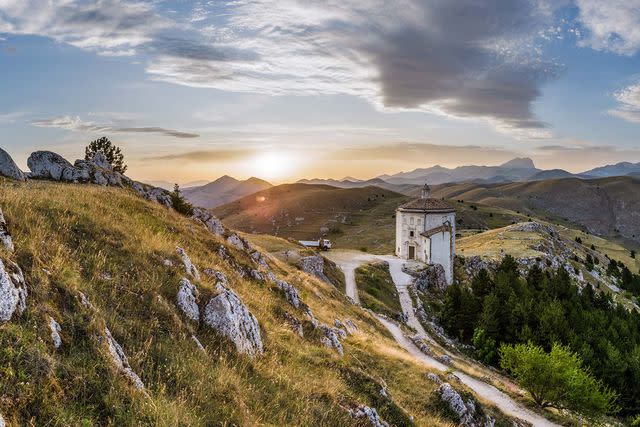
Kino Alyse/Getty Images
Its nickname is “Little Tibet,” and while the altitudes might not compare, the 4,921- to 6,561-foot Campo Imperatore shares some characteristics with its Himalayan cousin — it’s a remote, undulating plateau of flowering meadows in the summer and impressive snowfall in the winter. The campo, which forms part of the 150,000-hectare Gran Sasso and Monti della Laga National Park, is best accessed via cable car. The Apennines tallest peak, the Corno Grande, looms large and is the objective of many hikers and climbers.
Walk Between Vernazza and Monterosso al Mare, Cinque Terre
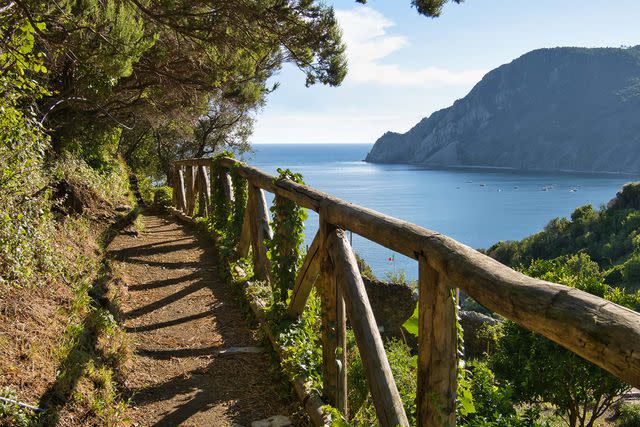
Judith Engbers/Getty Images
You won’t have this two-mile stretch of the Sentiero Azzurro, or Blue Path, to yourself, as it’s one of the most popular hikes in the Cinque Terre. But the views make up for sometimes congested trail conditions on this stunning hike, which is somewhat easier with Vernazza as the starting point. Expect dense, fragrant stands of Mediterranean macchia (scrub), terraced vineyards, and jaw-dropping views of the sea and the iconic Cinque Terre villages.
View From Monte Bianco Cable Car, Aosta Valley
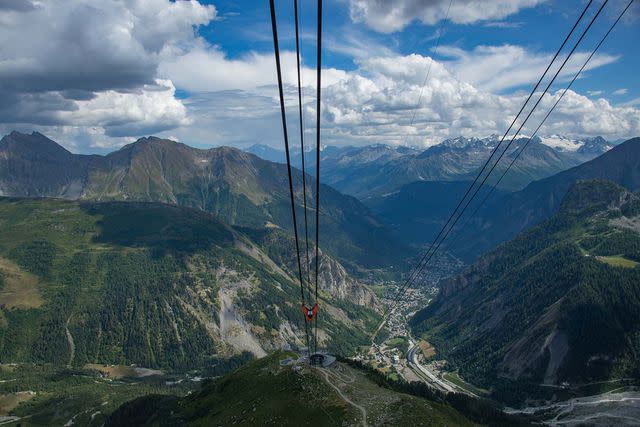
AGF/Getty Images
The only way to get any closer to Monte Bianco (Mont Blanc), the highest peak in the Alps, is to climb it. Instead, this 360-degree revolving cable car carries skiers, hikers, and sightseers on a three-mile ascent to Pointe Helbronner, where the 13,000-foot mountain, which straddles the Italian border with France, will seem close enough to touch. On a clear day, the Matterhorn, Monte Rosa, and other Alpine heavy hitters are in view.
Langhe, Piedmont
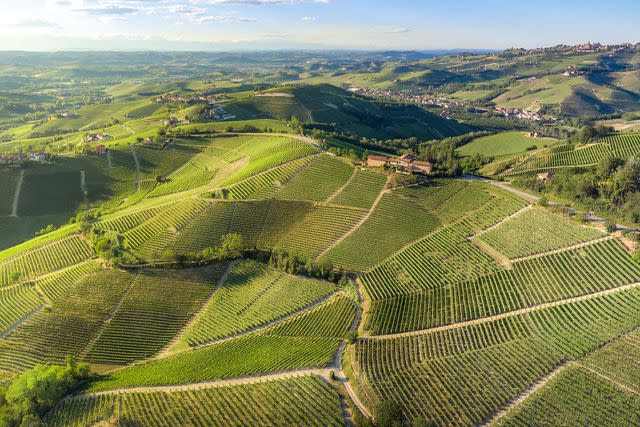
Fani Kurti/Getty Images
Think of the Langhe as Piedmont’s answer to Tuscany’s Val d’Orcia. This fertile northern territory is the land of hearty Barolo and Barbaresco red wines, sparkling Asti, and pungent, precious white truffles from Alba. Walks through the gently rolling vineyards, wine and food tours, and visits to delightful small towns are the draws here. The scenery is simply gorgeous, and all without the crowds of Tuscany.
Sunset at Piazza Unità d'Italia, Trieste
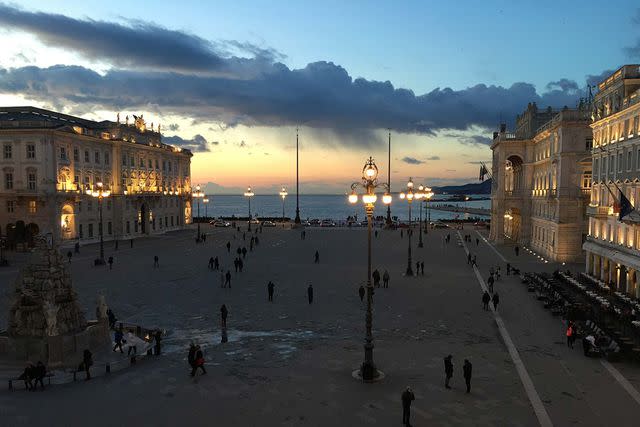
Christian Tosolin/Getty Images
Europe’s largest waterfront square is grand and elegant by day, and beautiful at sunset, when the streetlights turn on and the piazza takes on a peaceful glow. While there’s been a piazza here for centuries, the present look was perfected in the 19th century, when Trieste was an important crossroads and port for the Austro-Hungarian Empire.
Tropea, Calabria
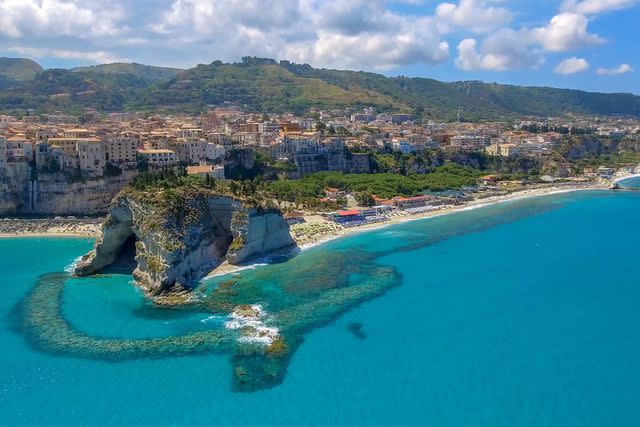
Giovanni Gagliardi/Getty Images
That southern Italian beach you’ve seen photos of, with the crescents of white sand, clear turquoise water, and the antique town sitting up on a chalky bluff? It’s Tropea, one of the most visually stunning seaside locations in all of Italy. Set on Calabria’s “Coast of the Gods,” Tropea is a buzzing beach destination for vacationing Italians, and one that international tourists are increasingly discovering.
Temples of Paestum, Campania
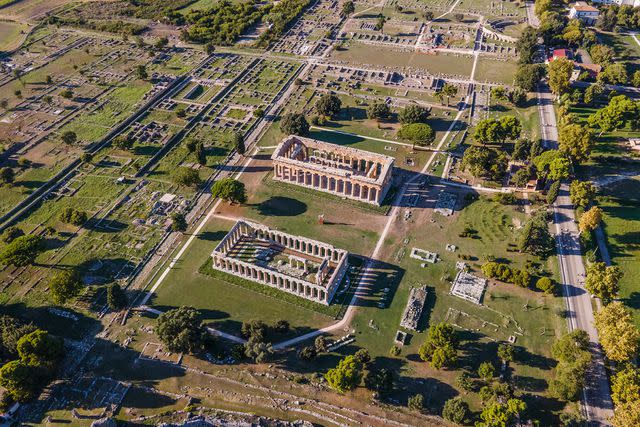
Westend61/Getty Images
Sure, the ruins in Rome are pretty old and iconic, but the mighty temples at Paestum were there when Roma was just a swampy settlement. This complex of extraordinarily well-preserved Greek temples sits south of Naples, in part of the area once known as Magna Graecia. Careful site planning means that walking among these ruins really does feel like stepping into the past, and the adjacent archaeological museum is first-rate.
Polignano a Mare, Puglia
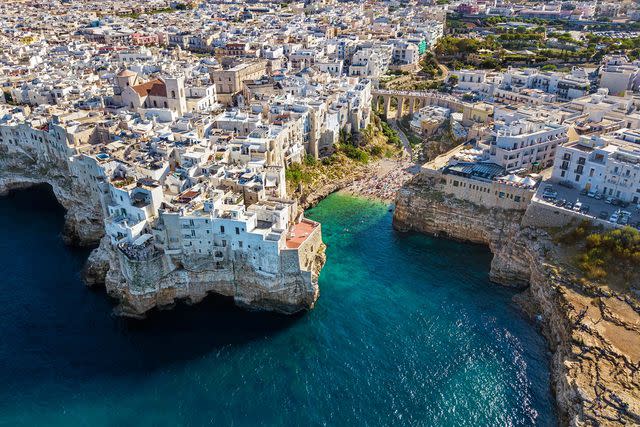
Sky_Blue/Getty Images
Even though this gorgeous seaside village is among the most Instagrammed spots in Puglia, you’ll still feel like you’ve discovered something fairly miraculous. Polignano a Mare is home to the oft-photographed Lama Monachile, a small, sheltered cove and pebbly beach carved into the massive bluff on which the town sits. Book a room in a cliffside hotel and that perfect sea will seem like it’s all yours.
Urbino, Marche
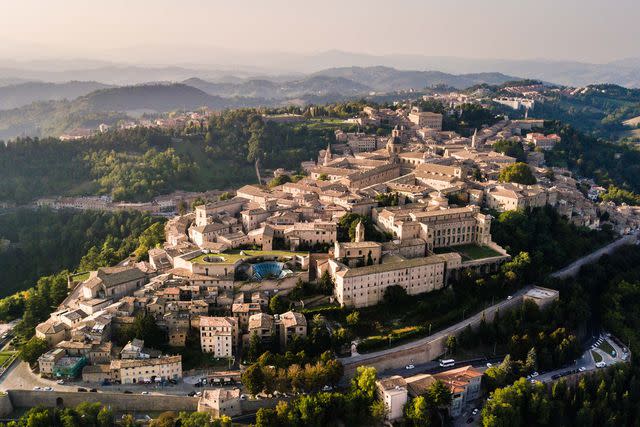
Cristian Ghisla/Getty Images
A monument to the Renaissance ideals of balance, symmetry, elegance, and celebration of the humanities, Urbino is an under-sung gem of central Italy. The art-filled Ducal Palace, where the influential humanist Federico da Montefeltro once hosted the 15th-century’s most creative thinkers, speaks to Urbino’s bygone influence. This Marche destination is far enough off the beaten path to make getting there a bit of an adventure.
Termoli, Molise
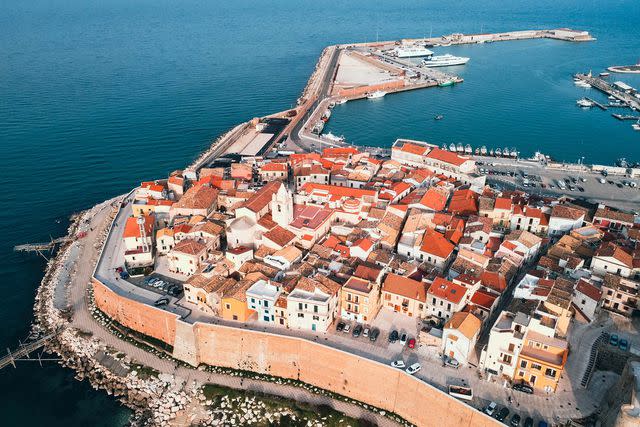
Dario Argenti/Getty Images
Dominated by an 11th-century fortress and set atop a defensive wall, Termoli is the most important coastal town in the small southern region of Molise. Its long stretch of sheltered sandy beaches, a cozy medieval heart, and rich history make it one of the most enticing destinations in Molise. You may not have heard much about this tiny, little-known area of southern Italy, but we predict it will have its moment — and soon. And when it does, pretty little towns like this won’t be so secret anymore.
Spiaggia dei Conigli (Rabbit Beach), Lampedusa
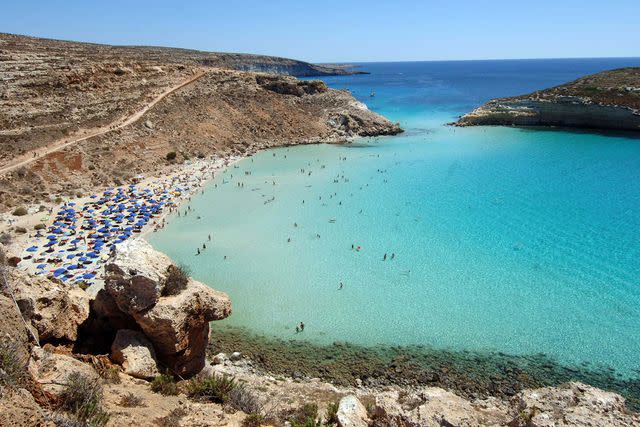
Bloomberg/Getty Images
Dig your toes into the sand at Rabbit Beach and you may soon forget every other beach you’ve ever laid eyes on. The wide sandy arc is lapped by clear, shallow water and protected by tiny Isola dei Conigli (Rabbit Island), which you can wade out toward. Bonus: As Italy’s southernmost island and with heavy influences from North Africa, Lampedusa offers more to see than this spectacular cove.
Tre Cime di Lavaredo, Dolomites
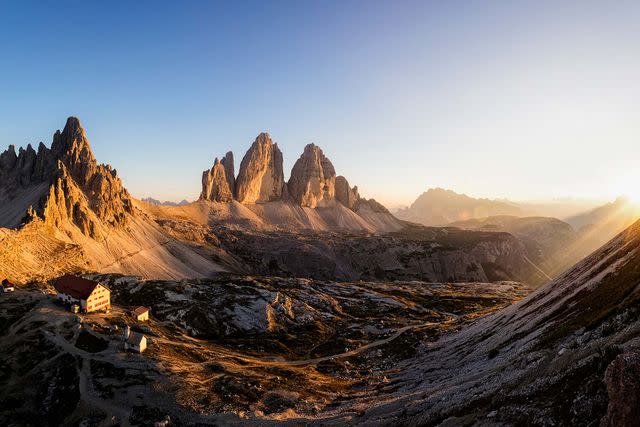
DieterMeyrl/Getty Images
Search for photos of the Dolomites and you’ll invariably see images of the Tre Cime di Lavaredo, three jagged, conjoined peaks that sit on the border between the South Tyrol, Trentino, and Veneto regions. The trio can be viewed up close from the well-trodden Tre Cime di Lavaredo loop, a moderate hiking path that will take between three and five hours to complete, depending on how many breaks you make for photos or to eat at one of the cozy rifugio.
For more Travel & Leisure news, make sure to sign up for our newsletter!
Read the original article on Travel & Leisure.

